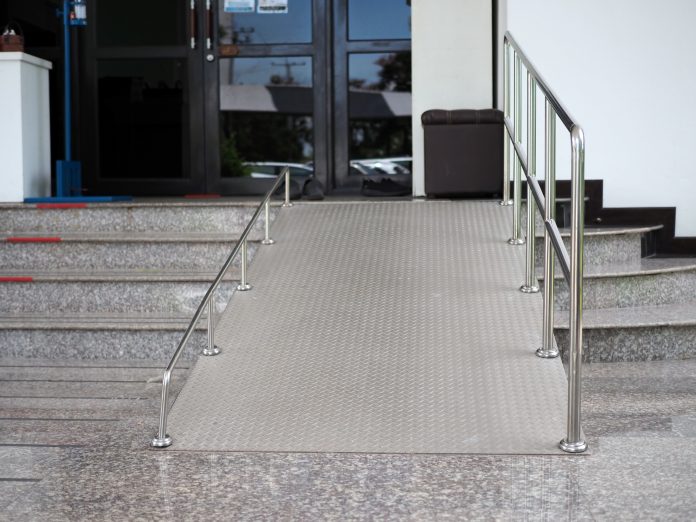You won’t find it in the terms of a lease, but tenants’ and landlords’ responsibility around the occupation and use of commercial premises also extends to accessibility
It never attracts the same level of attention as general safety and maintenance issues and sometimes it doesn’t even get a look-in at all. In one of our recent cases, the tenant made the assumption that the landlord’s building control people would have everything in hand, and that’s one reason we get involved.
About Access’ example concerns a client which is taking several floors in an office block of more than 20 storeys. They have a landlord, neighbours on some of the other floors and more occupiers expected to arrive in due course to fill the remaining space.
Our client asked us to look at the fit-out of their floors in terms of accessibility, but we would be failing if we tried to do that in isolation. The base build also needs to be accessible, and there is no guarantee it will achieve that just because it meets the Building Regulations.
What does the Approved Document M Building Regulations say about accessibility?
The Regulations come into play on any new build, alterations and certain changes of use. They state what you have to achieve in law and Approved Document M, covering access to and use of buildings, offers some design guidance in getting there. But it also states that is just one approach, and you are free to design in a different way provided you achieve the same outcome and meet the terms of the Regulations.
So there is the potential for grey areas and it is entirely possible for a brand new building to meet the letter of the law as set out in the Building Regulations but still be inaccessible to a disabled person and fail to comply with the Equality Act 2010.
Such a failure could be down to various reasons. It may be a result of the competence and experience of the person carrying out the inspection and their understanding of accessibility and inclusion. Or it could be that the individual elements of the property meet with the guidance, but the journey through the site shows that they are inaccessible because they don’t work in combination.
One scenario we often refer to arose at another site where someone who is sitting at their desk in an office decides they want a coffee. They use walking aids to leave their office, go along a corridor and pass through double doors to get to the communal kitchen to make a drink.
The office and corridor, double doors and kitchen are all designed to be accessible, but having made their drink the individual then has to return to their desk carrying the coffee in one hand and their walking aids in the other. How do they open the double doors?
It’s only by anticipating and attempting such a journey around a site that you can satisfy yourself that the premises are accessible. Who owns that responsibility depends on the nature and location of the features.
Landlord responsibility lies with the general layout and common areas
Typically it is the landlord’s responsibility for the general layout and the common areas. The tenants would be wise to satisfy themselves that their landlord has done everything within their responsibility to make the premises accessible.
Is it then down to the tenant to make sure that the area they fit out is accessible and inclusive for their own needs. They should know better than anybody else whether there are any current employees who have access needs, and they also need to look into the future.
The building use may change over a period of time and there will almost certainly be changes to the people who use the building.
From the outset, any business has to be in a position to welcome visitors, some of whom may have access requirements which only become apparent when they arrive at your premises. And even if the current workforce doesn’t include any disabled people, that may change through recruitment or through an employee acquiring an impairment.
The sort of features that can create obstacles to access extends from the style and location of furniture and fittings to the nature of the décor. Consider the pros and cons of wood or laminate flooring over carpets, and bear in mind there may be issues with surfaces and finishes to floors and walls for some people who are neuro-diverse or visually impaired.
Landlords and tenants should liaise and take a joint approach to accessibility
But essentially, in just the same way as a landlord and their tenant will liaise over anything to do with such issues as fire, gas and electrics they should take a joint approach to access.
That means the landlord accepting their responsibility for common areas such as the car park, lifts and landings and the tenants looking after the things which are specific to their space, including furniture, equipment and layout.
Between them, and with the right advice from the right people, they should be able to ensure an accessible journey around their building.

















